Triathlon Coach Certification
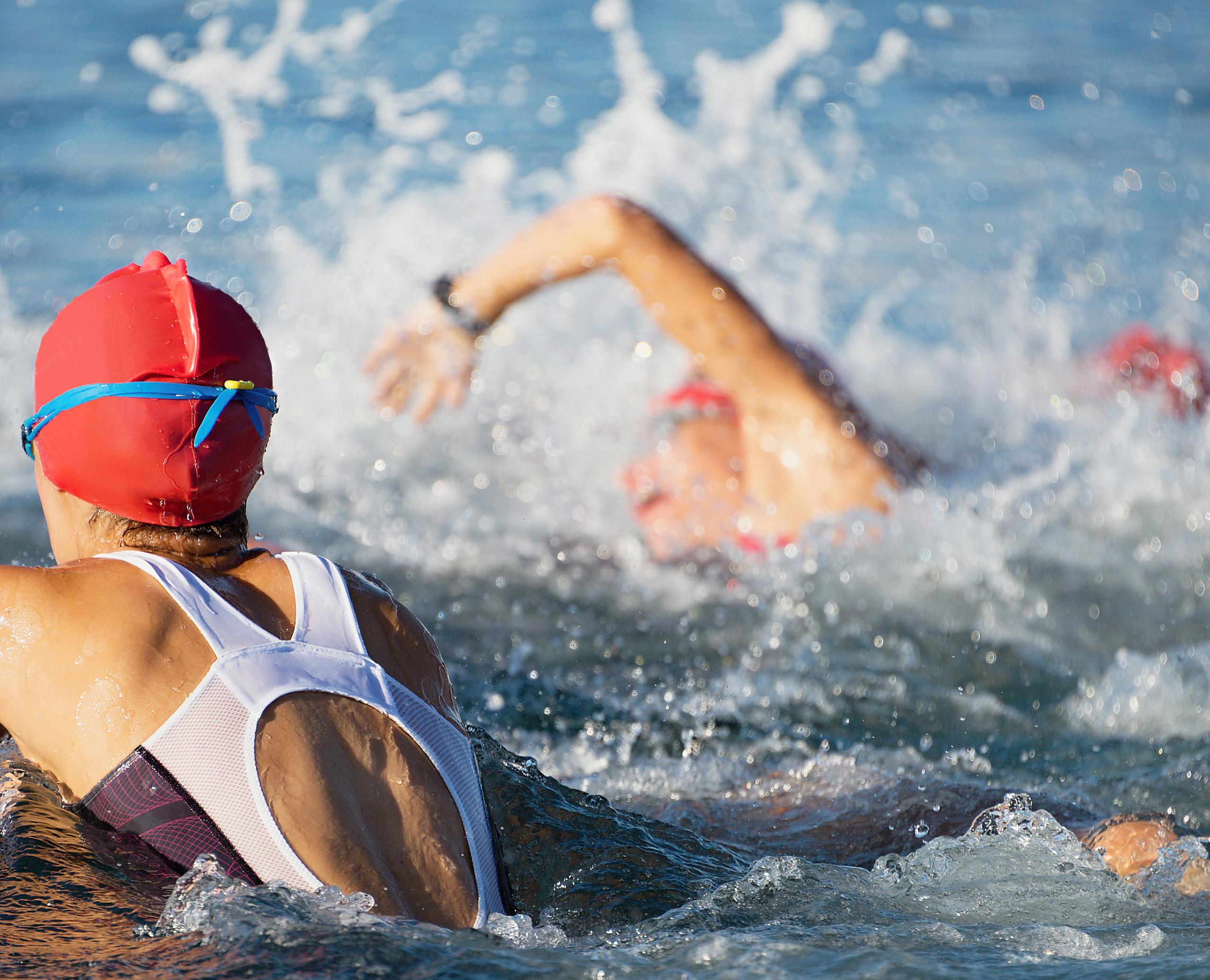
www.uesca.com
01 02 04 05 06 07 21 Contents Course Overview Contributors About UESCA What's Included Testimonials Syllabus Ready to Register Triathlon Coach Certification / an overview Continuing Education Partners
Course Overview
The UESCA Triathlon Coach Certification is the most comprehensive running coach certification on the market. The certification was developed in partnership with many expert contributors including professional triathletes and coaches, Dr. Matt Hanson and Angela Naeth, and sports scientist and triathlon coach, Dr. Chris Myers. In addition to our expert contributors, much of the content is the result of reading hundreds of peer-reviewed research papers to source the latest and most accurate information.
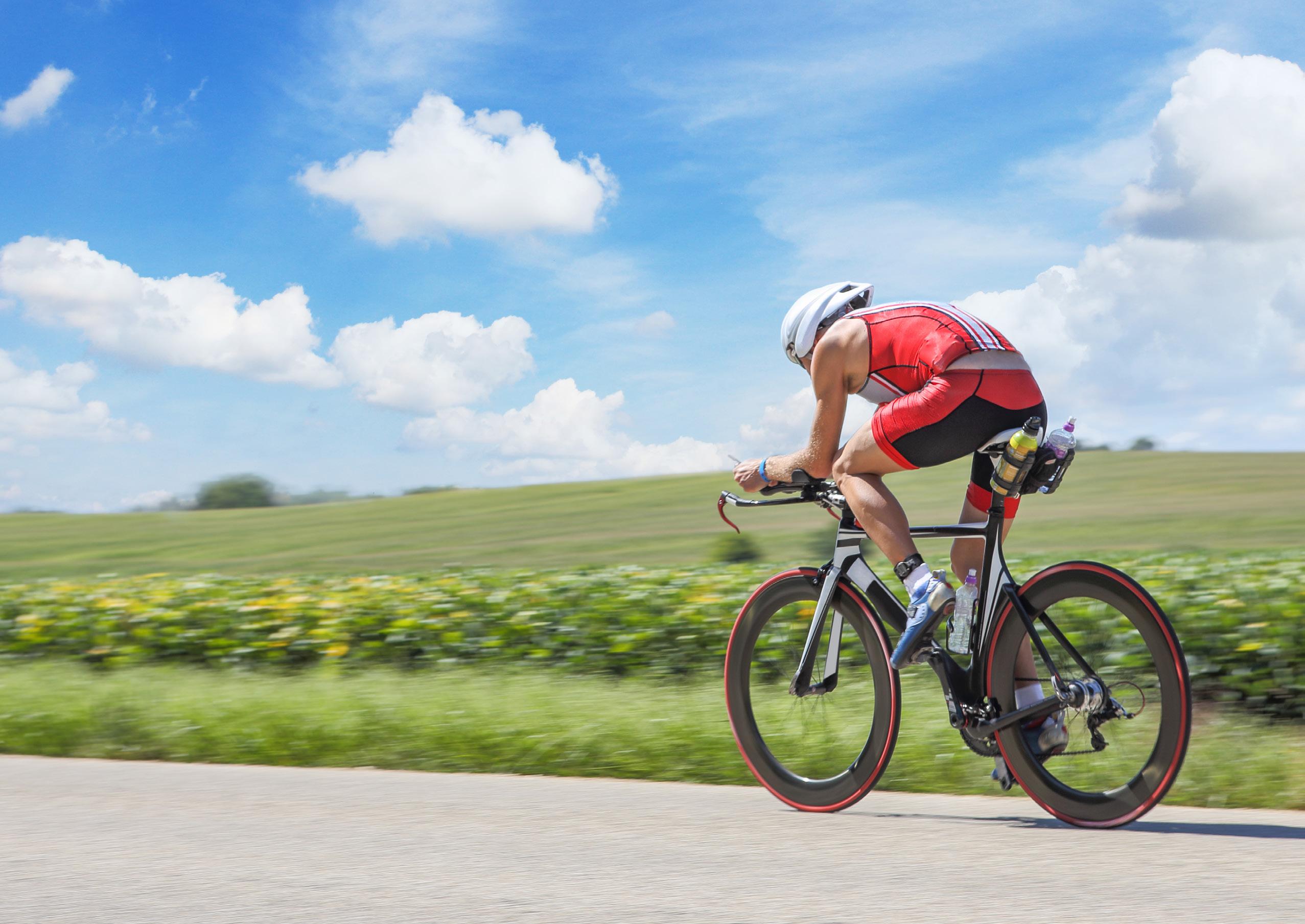
Contributors
Matt Hanson
Dr. Matt Hanson holds a MS in Health and Physical Fitness, and an EdD in Adult and Higher Education. Dr. Hanson is a professional triathlete and triathlon coach. He has an extensive background as an athlete and is highly-educated in all things sports-related. As an athlete, Matt comes from a wrestling background, but running has always been a passion of his. In 2014, his first year as a pro, Matt set three run course records and won Ironman Chattanooga. He has since tallied 11 professional wins, including four Ironman North American Championship titles. Matt’s educational background and training record make coaching a natural fit for him. Coaching since 2013, he has helped triathletes reach their goals at all distances.
Angela Naeth, MS
Growing up in British Columbia, Canada, Angela Naeth, known in the triathlon world for her prowess on the bike, is a multiple 70.3 and Ironman Champion, 36+ 70.3 podium finisher, Ironman 2014/2019 Chattanooga Champion, and the 2015 North American Ironman Champion. In 2018, Angela, while battling Lyme disease, placed 8th at the Ironman World Championships with a time of 8:57.
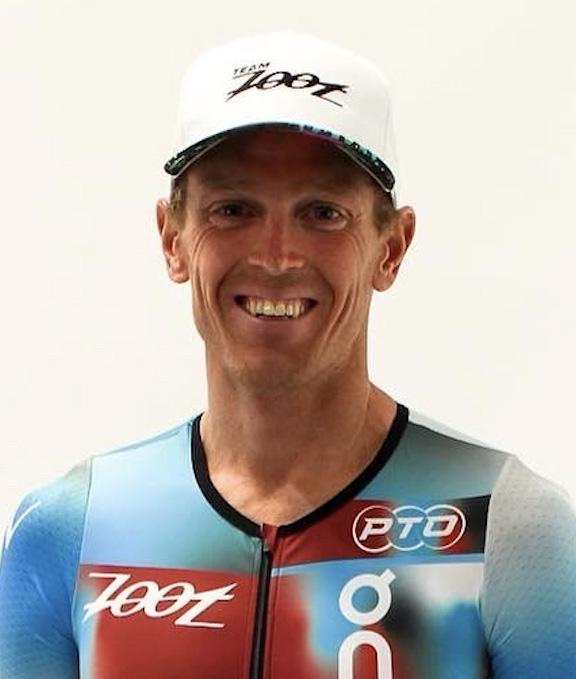
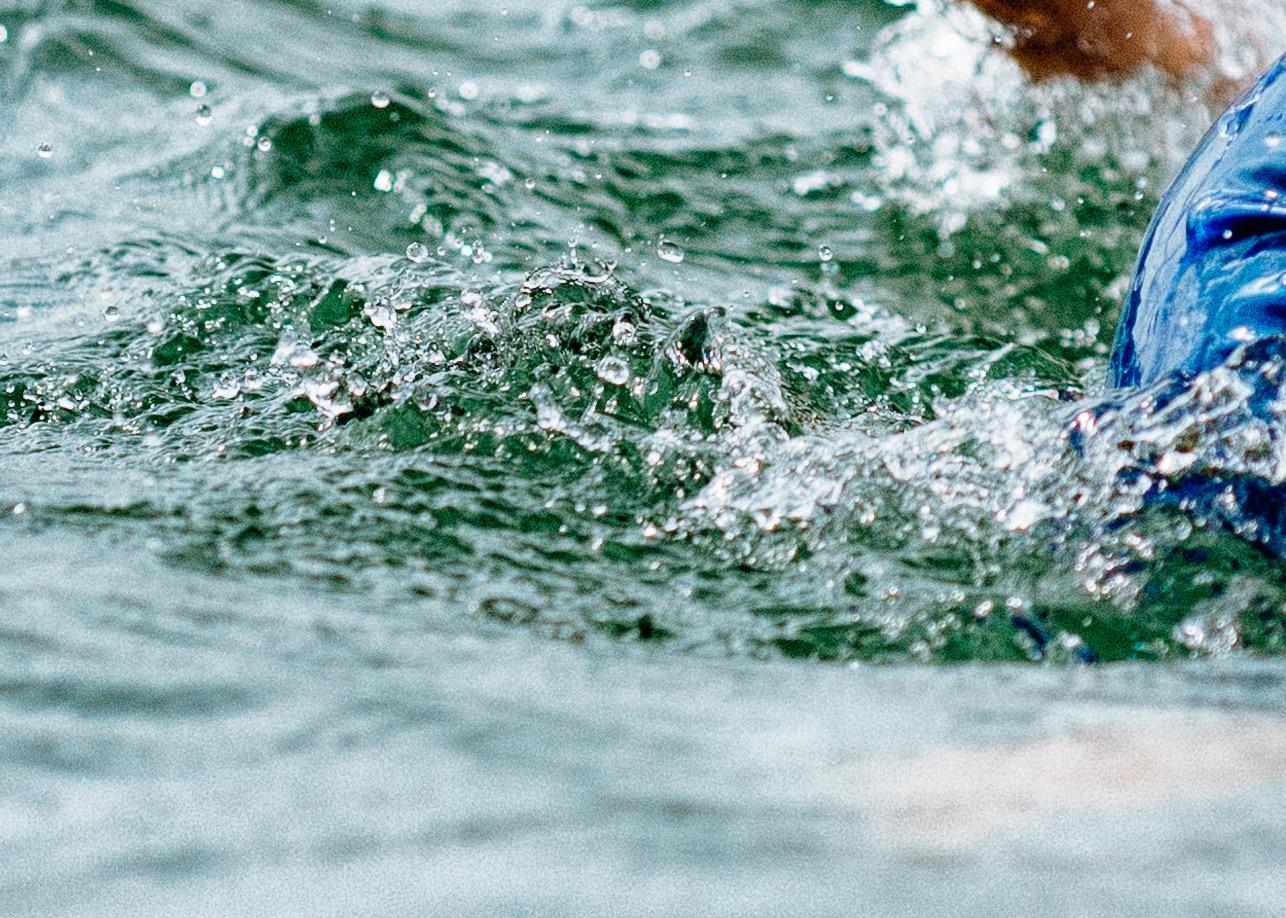
With a masters degree in physical therapy and bachelor's degree in health sciences, Angela worked as a pediatric and orthopaedic physiotherapist for five years. In 2008, she competed in her first triathlon and shortly thereafter made the jump into full-time racing.
Currently ranked among the top triathletes in the world with three sub-9-hour Ironman performances and 30+ podiums at 70.3 and Ironman distances, Angela continues to pursue her career in these distances and build awareness around Lyme, and Women in Sport. She is a coach for many runners and triathletes and is the founder of an all-women's triathlon community, IRACELIKEAGIRL.
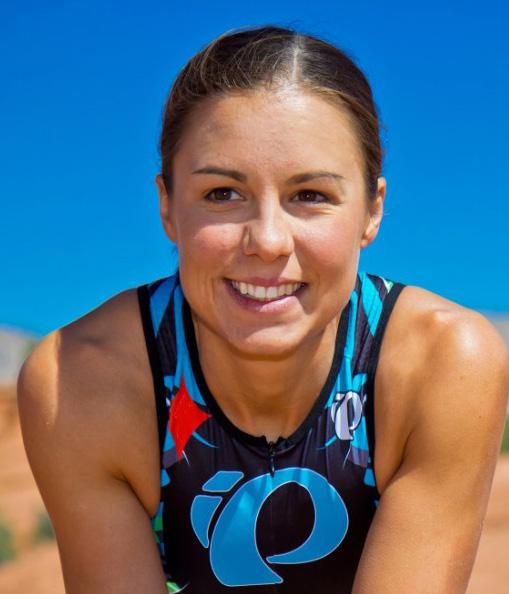
2
Dr. Chris Myers
Dr. Myers holds a BS in Chemistry from the US Military Academy at West Point, an MS in Kinesiology and Exercise Science from the University of Louisiana – Monroe, and a Ph.D. in Kinesiology and Exercise Science from Florida State University.
Previously, Dr. Myers was the lead triathlon coach for Peaks Coaching Group. Currently, Dr. Myers is the Strength and Conditioning Coach for the 2nd Air Support Operation Squadron and he voluntarily serves as the United States Air Forces Europe Tactical Air Control Party Human Performance Optimization Program Coordinator.
Chris also holds many coaching distinctions including, USA Triathlon Level 2 Endurance Coach, USA Cycling Level 1 Coach, American Swim Coach Association Level 3 Coach certification, National Strength and Conditioning Association Certified Strength and Conditioning Specialist, and International Society of Sports Nutrition Certified Sports Nutritionist.
Chris published his research in several notable peer-reviewed journals and most recently, co-authored the book, Triathlon Training with Power with Hunter Allen.
Other Contributors
∞ Bob Seebohar RD (Nutrition)
∞ Alexandra Coates Ph.D (Overtraining and Physiology)
∞ Justin Ross Psy.D (Sports Psychology)
∞ Leah Roberts MD (Female Physiology)
∞ Corrine Malcolm MS (Environmental Physiology)
∞ Brenton Ford (Swimming)
∞ Jimmy Santiago Moreno (Triathlon)
∞ Jim Bolster (Swimming)

∞ Mikael Hanson (Triathlon)
∞ Jennie Hansen DPT (Injury Prevention)
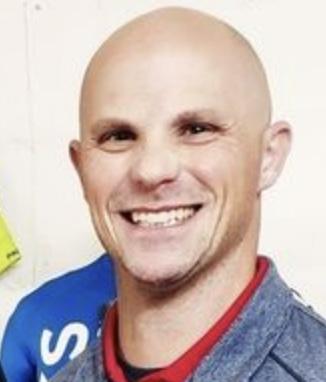
3
About UESCA
∞ About UESCA
United Endurance Sports Coaching Academy (UESCA) is the leader in endurance sports coaching education. Established in 2014, the goal of UESCA is to raise the standard of endurance sports education by producing the highest-quality, science-based content via researching the latest and most pertinent research and by selecting top experts across various disciplines to provide content.
Just as important, we strive to provide exceptional customer service and support to those thinking of purchasing a certification, and to our existing coaches.
Triathlon Certification Development Process
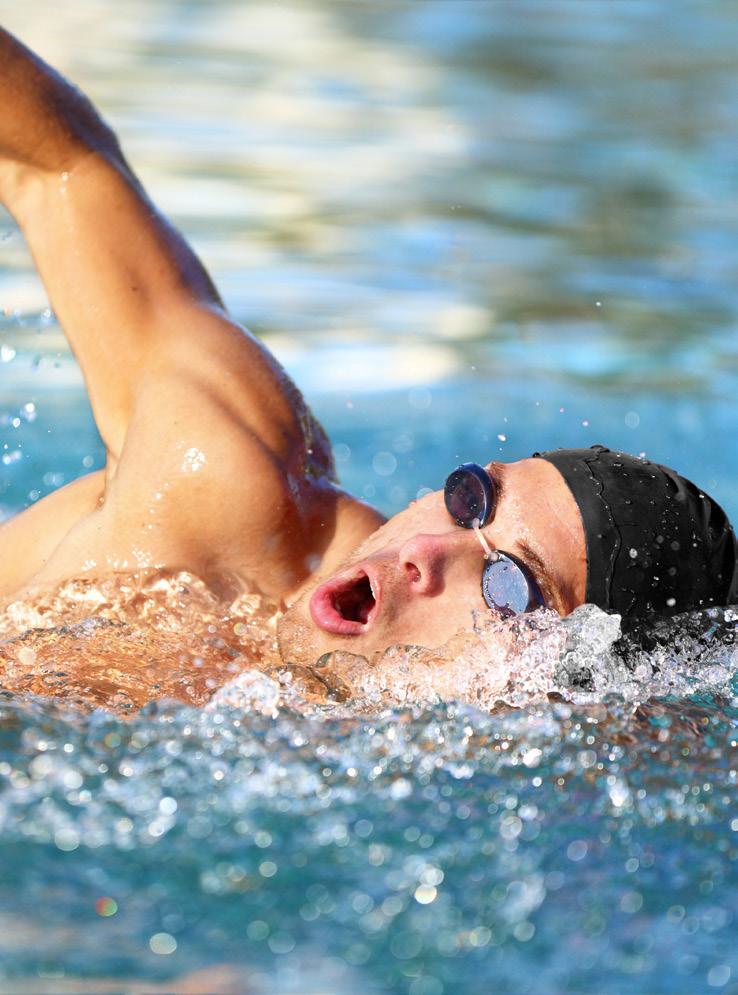
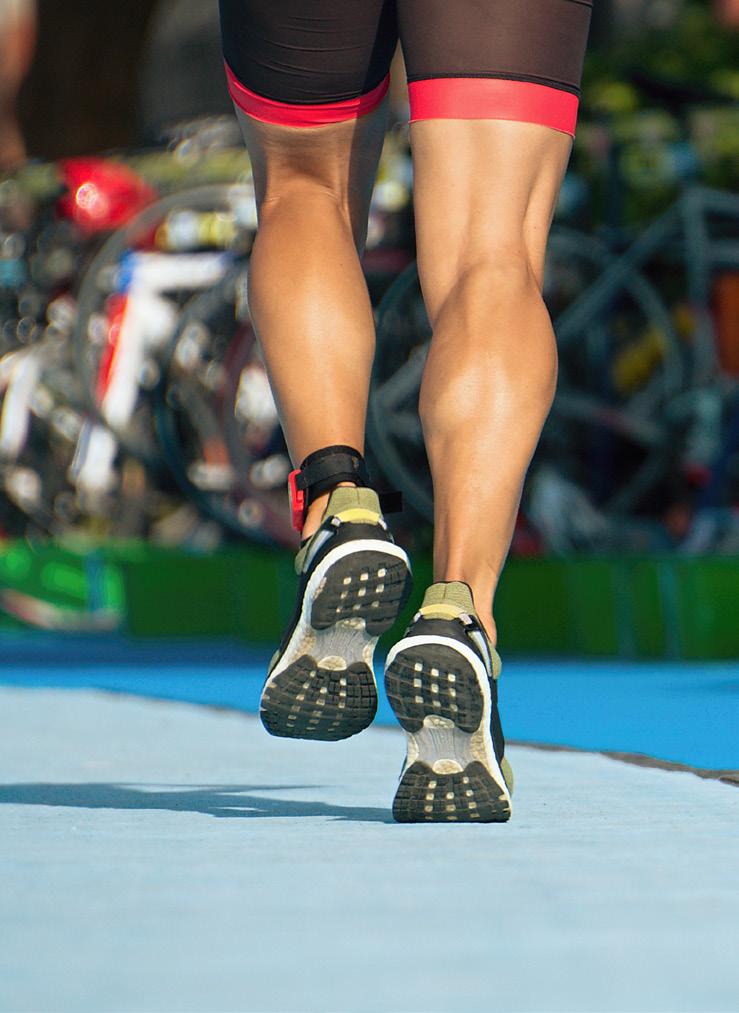
Triathlon is a unique sport that marries three different sports into one. Therefore, the dynamics of working with triathletes is vastly different from that of single sport athletes. However, despite this difference, the developmental process is largely the same as that of other endurance sports. Meaning, our triathlon certification content is science and evidence-based to ensure that we’re only producing accurate content. We accomplish this by reviewing the most up-to-date research, and by partnering with the top experts in the areas that we cover
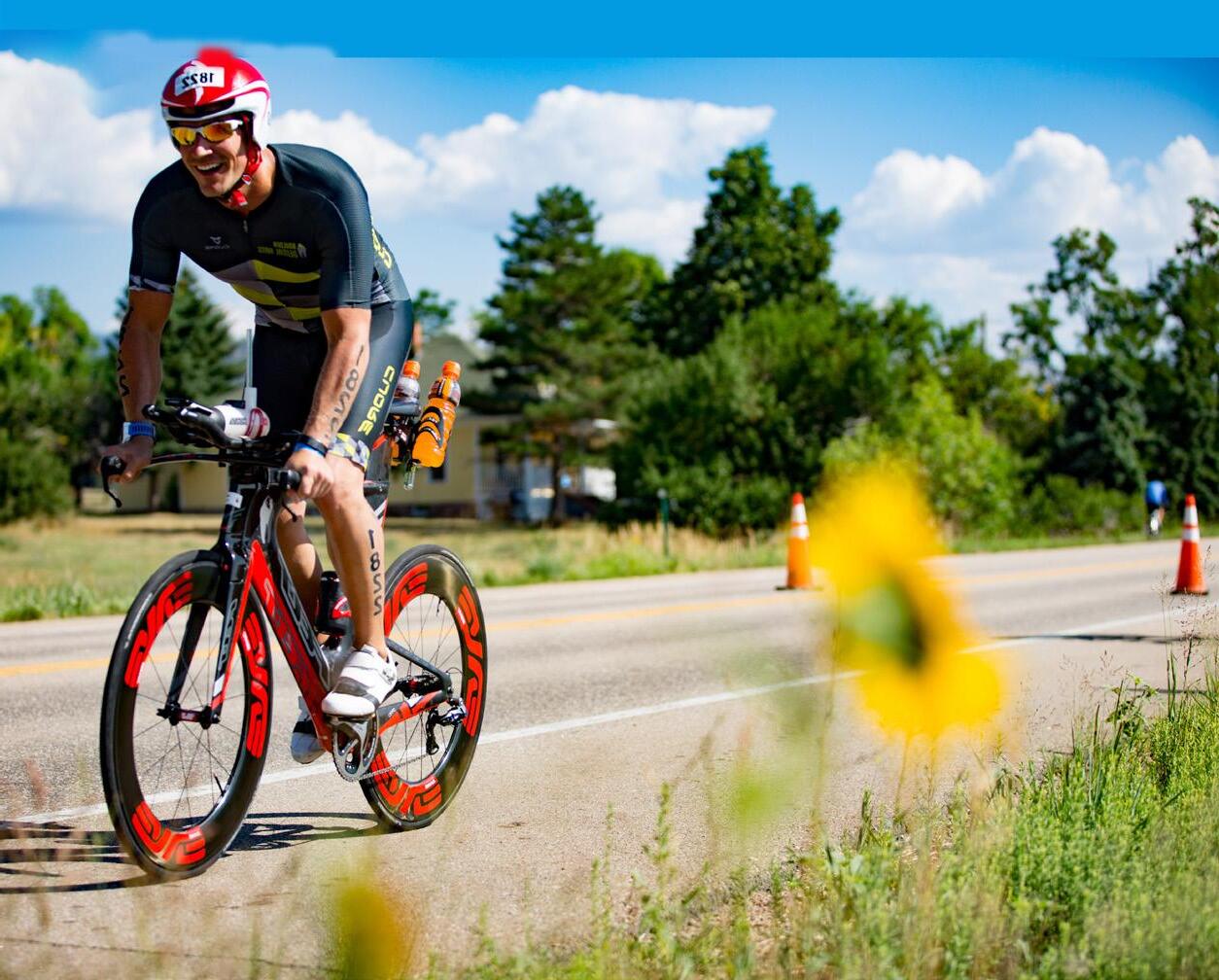
What You’ll Learn
You’ll learn everything there is to know about how to be a professional triathlete coach… period. Whether you’re working with a first-timer or an elite, someone training for a sprint or full-distance, our certification has you covered! You’ll learn how the body functions with respect to the musculoskeletal and energy systems, as well as proper sport-specific biomechanics. Using this foundational knowledge, you will learn how to apply it on an individual basis in a wide range of areas to work with triathletes of all levels!
∞ Module 11: Running Training Zones
∞ Module 12: How to Create a Workout
∞ Module 13: How to Create a Training Program

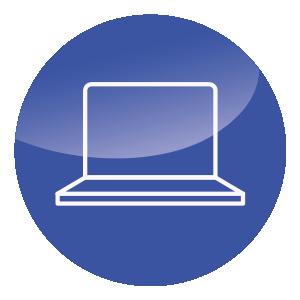
∞ Module 14: Swim Stroke Analysis
∞ Module 15: Cycling Mechanics
∞ Module 16: Running Mechanics
∞ Module 17: Environmental Physiology
∞ Module 18 : Female Physiology
∞ Module 19: Injury and Illness
∞ Module 20: Mental Training
∞ Module 21: Sports Nutrition
∞ Module 22: Safety
∞ Module 23: Triathlon Equipment

∞ Module 24: Race Day Preparation and Execution
∞ Module 25: Legal Considerations

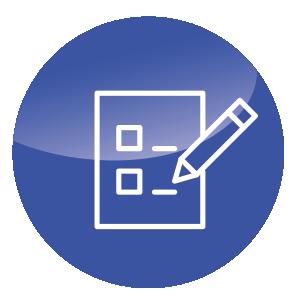

5
What’s Included The Certification Modules ∞ About This Certification
∞ Module 1: Triathlon Coaching 101
∞ Module 2: Skeletal System
∞ Module 3: Nervous System
∞ Module 4: Cardiovascular and Pulmonary Systems
∞ Module 5: Skeletal Muscle System
∞ Module 6: Metabolism and ATP Production ∞ Module 7: How the Human Body Responds to Exercise ∞ Module 8: Introduction to Testing and Training Zones
∞ Module 9: Swim Training Zones
∞ Module 10: Cycle Training Zones
25 comprehensive online modules Downloadable PDF course Module quizzes Online practice and final exam Business and Marketing Module Email study support
Testimonials
The UESCA Triathlon Certification has been incredibly beneficial in helping me learn coaching skills and tools needed to get my coaching career off the ground. I greatly appreciated learning about bike fit, which have been helpful with numerous clients.
— Jim Rowe
When I found the UESCA coaching certifications I was very excited and impressed with the level of content. I have had numerous certifications over the years, but this certification were above and beyond my expectations. They were comprehensive and very well laid out..
— Dorothy Martin
You can’t be a coach for RunRelated without a certification from UESCA. We want our coaches to know their stuff. That should tell you all you need to know.
 — David Ayer
— David Ayer
6
Triathlon Course Syllabus
About This Certification
∞ Certification Structure
∞ No Tiers
∞ Triathlon Certification Principles
∞ Content Delivery
∞ Content Providers
Module 1: Triathlon Coaching 101
∞ Roles of a Coach
o Educator and Instructor
o Exercise Physiologist
o Psychologist
o Leader
o Motivator
o Disciplinarian
o Business Manager
∞ Characteristics of a Successful Coach
o Effective Communication
» Email
» Phone
» Text
» Timeliness
» Sensitivity
» Boundaries
o Professionalism
o Boundaries
o Honesty
o Stay Current
∞ Fallacies
o You Must Be Fast
o Holding Out Information
7
Triathlon Course Syllabus
Module 2: Skeletal System
∞ Directional Terminology
∞ Function
∞ Structure
∞ Summary
Module 3: Nervous System
∞ Central and Peripheral Nervous Systems
∞ Sympathetic and Parasympathetic Nervous Systems
∞ Anatomy of Neuron
∞ Summary
Module 4: The Cardiovascular and Pulmonary Systems
∞ The Cardiovascular System
o How Does It Work?
∞ Anatomy of the Heart
∞ Blood Flow Through the Heart
∞ The Human Vascular System
∞ Blood Pressure
∞ Blood Distribution through the Human Body
o Returning Blood to the Heart
∞ The Pulmonary System
o Ventilation
o Gas Exchange
∞ Blood
∞ Summary
Module 5: The Skeletal Muscle System
∞ Muscle Types
o What is Skeletal Muscle?
∞ Organization of Skeletal Muscle
o Structure and Function of the Microanatomy of Skeletal Muscle
8
∞ The Sarcomere
o Myofilaments
∞ Process of Muscular Contraction
o Excitation-Contraction (E-C) Coupling Theory
o Sliding Filament Theory
∞ Muscle Fiber Types
∞ Summary
Module 6: Metabolism and ATP Production
∞ What is Adenosine Triphosphate (ATP)?
∞ Fuels for ATP Production and Production Sites
o Carbohydrates
o Fats
o Proteins
o ATP Production Sites
∞ The Metabolic Pathways of ATP Synthesis
o Phosphocreatine System
o Glycolytic Pathway/Glycolysis
o Oxidative
∞ Summary
Module 7: How the Human Body Responds to Exercise
∞ Acute Cardiovascular Response to Exercise
∞ Acute Skeletal Response to Exercise
∞ How Does the Human Body Recover from Exercise?
o Rest to Exercise Transition
o Oxygen Deficit
o Post-Exercise Oxygen Consumption (EPOC)
∞ The Chronic Effects of Aerobic Exercise on the Cardiovascular, Pulmonary and Muscular Systems
o Cardiac Output
o Capillary Density
o Mitochondrial Density
∞ The Effects of Resistance Training on the Muscular System
o Acute and Chronic Adaptations to Resistance Training
» Delayed Onset Muscular Soreness (DOMS)
» Hypertrophy
9
Triathlon Course Syllabus
∞ Skeletal Muscle and Exercise
o Principle of Orderly Recruitment and the Size Principle
o Types of Contractions
o Force Generation and the Force-Velocity Relationship
o Length-Tension Relationship
∞ Summary
Module 8: Introduction to Testing and Training Zones
∞ Introduction to Performance Testing
o Is the Test Necessary?
o What Data Does the Test Gather?
o Validity
o Reliability
∞ Introduction to Training Zones
∞ Rate of Perceived Exertion (RPE) Scale
∞ Heart Rate-Based Training
o Technology
o Maximum Heart Rate
o Threshold Heart Rate
∞ Power-Based Training
∞ Pace-Based Training
o Threshold Pace
o Critical Speed
∞ Summary
Module 9: Swim Training Zones
∞ Pace-Based Training Zones
o sFTPa Method
o Critical Swim Speed (CSS) Method
∞ How to Create Pace-Based Training Zones
o How to Calculate Heart Rate-Based Swim Training Zones
∞ Power-Based Training Zones
o FTP Application
o Coggan-Based Zones
∞ Test Result Considerations
∞ Summary
10
Module 10: Cycle Training Zones
∞ Power-Based Training Zones
o FTP Methodology
o Critical Power Methodology
∞ Heart Rate-Based Training Zones
∞ Summary
Module 11: Running Training Zones
∞ Power-Based Training Zones
o Critical Power
o rFTP
∞ Pace-Based Training Zones
o rFTPa
∞ Heart Rate-Based Training Zones
o Maximum Heart Rate
o Threshold Heart Rate
∞ Summary
Module 12: How to Create a Workout
∞ The Warm-Up
o General
o Specific
∞ The Main Set
o Duration and Intensity Factors
o Annual Training Program
o Goals
∞ The Cool Down
o Purpose
o Duration
∞ Summary
Module 13: How to Create a Training Program
∞ Components of the Training Cycle
o Macrocycle
o Mesocycles
o Microcycles
11
Triathlon Course Syllabus
∞ Types of Periodization Models
o Linear
o Block
o Flexible/Non-Linear
∞ Needs Analysis – What Is It?
o Sports-Oriented
o Athlete
o Comparative
∞ Step 1: Sports-Oriented Needs Analysis
o Elements of the Analysis
o Case Study
∞ Step 2: The Athlete’s Needs Analysis/Athlete Profile
o Elements of the Analysis
o Aspects of the Athlete Profile
∞ Step 3: Comparative Analysis
o Comparing Sports and Athlete Needs Analyses
Case Study
∞ Testing: The Keys to Identifying Strengths and Limitations
o How to Perform Field Testing: The Warm Up
o Best Practices: Ensuring Quality Testing
o Data Analysis
∞ Resistance Training
o Purpose
∞ Putting It All Together: Annual Training Plan/Macrocycle
o Chronological Process to Develop Program
o Key Aspects to Program Development
∞ Summary
Module 14: Swim Stroke Corrections
∞ Stroke Correction Hierarchy
o Principle #1: Breathing & Relaxation / Slow Stroke Rate
» Unilateral and Bilateral Breathing
o Principle #2: Body Position and Balance
o Principle #3: Front Quadrant Timing, Alignment, and Body Roll
o Principle #4: Catch Setup / Stroke Rate versus Stroke Length
o Principle #5: Propulsive Power and Kick Timing
o Athlete Range of Motion: Stretching
∞ Summary
12
Module 15: Cycling Mechanics
∞ Purpose
∞ Current Injuries, Pain or Discomfort
∞ Safety
∞ Biomechanical Issues
∞ Areas of Focus
o Hamstring Flexibility
o Not ‘One and Done’
o Kinetic Fit
o Core Strength
∞ Road Bike Fit Principles
o Address Adjustments as a Whole
o Pre-Fit
o On-Bike Assessment
o Step 1: Saddle Height
o Step 2: Fore/Aft Saddle Position
o Step 3: Upper Body Position
» Hip Angle
» Neck
» Arm Angle
» Cervical Spine
» Elbows
» Shoulders
o Step 4: Cleat Position - Overview
o Step 4A: Cleat Position - Fore/Aft
o Step 4B: Cleat Position – Lateral
o Step 4C: Cleat Position – Rotation
o Step 4D: Cleat Position – Shimming
o Position Sustainability and Progression
o Potential Bike/Cleat/Shoe Adjustments
∞ Triathlon Bike Fit Principles
o Saddle Position
o Upper Body Position
» Correlation Between Ankle Dorsiflexion and Hip Angle
» Bike Modifications
» Body Modifications
o Road Bike: Clip-On Aerobar Setup
∞ Cycling Form
o Upper Body Position
» Seated Climbing
» Standing Climbing
» Incorrect Climbing Form
» Ride in a Straight Line
» Teaching Lateral Bike Movement
13
Triathlon Course Syllabus
o Pedal Stroke
» Muscle Activation
» Focus on the Ankles
» Lateral Knee Movement
» Proper and Improper Pedaling Mechanics Cadence
∞ Biomechanical Assessments
∞ Summary
Module 16: Running Mechanics
∞ Gait Phases
∞ Ground Reaction Force
∞ Pronation and Supination
o Role of the Big Toe
» Shoe Implications
» Dysfunction
o Meyers Line
o Shoe Wear Patterns
o Pronation
o Overpronation
o Supination
o Assessing Pronation and Supination
∞ Injury Considerations
o Pronation Is Not Indicative or Predictive of Injury
o Knee Valgus
o Ankle Dorsiflexion
∞ Running Form Components
o Energy Allocation
o Proper Running Form Elements
o Assessing Form
o Self-Selection of Running Form
∞ Passive Energy
o Stretch Shortening Cycle
o Tendons
» Achilles Tendon
o Outside Influences
o Trainability
o Foot Arch
o Muscles
o Passive Movement
» Training Implications
∞ Allocation of Energy
14
∞ Rotational Driven Running
o The Spinal Engine
» Spinal Rotation
» Spiral Spring System
» Coupled Motion
o Arm Motion
o Relationship Between Spinal Rotation and Efficiency
o Relationship Between Ankle Flexibility and Hip Extension
∞ Midfoot Strike
o Is a Midfoot Strike Right For Everybody?
o Heel vs. Midfoot Strike
o Foot Strike Misnomer
o Drills
o Converting to Midfoot Form
o It’s All About the Tibia
o Foot Contact Time
o Form Analysis
∞ Stride Length and Rate
o Argument Against Changing Stride Length/Type
o Correlation Between Stride Rate and Stride Length
o Stride Rate
o Stride Length
∞ Drills
∞ Biomechanical Running Assessments
o Tibial Angle of Inclination
o Pelvic Drop
o Peak Knee Flexion
o Knee Window
o Hip Extension
o Hip and Knee Flexion Angles
o Hip Adduction
o Foot Bisection
o Ankle Dorsiflexion
o Center of Mass to Ankle
∞ Odds and Ends
∞ Summary
Module 17: Environmental Physiology
∞ History of Altitude Acclimation
∞ Physiology of Altitude Acclimation
∞ Altitude Acclimation Considerations
o Use of Heat
∞ Altitude Sickness
15
Triathlon Course Syllabus
∞ Physiology of Heat Acclimation
∞ Heat Acclimation Considerations
∞ Humidity
∞ Heat Illness Overview
o Classic
o Exertional
∞ Cold Weather
o Hypothermia
∞ Environmental Impact on the Gut
o Digestion Physiology
o Hyponatremia
o Dehydration
» Sweat Rate
∞ Environmental Conditions and Lung Health
∞ Summary
Module 18: Female Physiology
∞ The Menstrual Cycle and Female Athlete Performance
o What is the Menstrual Cycle?
o Female Sex Hormones
o Managing Periods with Contraceptives
o Menstrual Cycle in Relation to Health
o Potential Effects of the Menstrual Cycle on Training and Performance
o Training on One’s Natural Cycle
o Training with Hormonal Contraception
∞ Menopause and Perimenopause
o Symptoms
o Hormone Replacement Therapy
o Training in Perimenopause and Menopause
∞ Summary
Module 19: Injury and Illness
∞ Scope of Practice
o Team Approach
∞ Injury
o Crashes
o Head Trauma
o Road Rash
o Non-Crash Related Injuries/Pain/Illness
16
» Patellofemoral Syndrome
» IT Band Syndrome
» Saddle Sore
» Back and Neck Pain
» Feet
» Hands
o Approach to Treatment
» Ice?
» PEACE and LOVE
» Anti-Inflammatory Drugs
∞ Illness
o Colds and Flu
∞ Summary
Module 20: Mental Training
∞ Introduction
∞ The Foundation
o Brief History of Performance Psychology
o Myths of Sports Psychology
o Why Train the Mind?
o Motivation
» Self-Determination Theory
» Goal Oriented Theory
» Commitment and Barriers
∞ High-Performance Psychology Barriers
o Psychology 101 – Understanding Your Athlete
∞ Historical Beliefs on Endurance Limits
o Peripheral and Central Fatigue
o Central Governor
∞ Strategies
o Self-Talk
o Organic vs. Strategies
o Cognitive Appraisals
o Self-Concept and Self-Efficacy
o Mindfulness
o Attentional Control
o Emotional Regulation
∞ Executing When It Counts
o Mental Imagery
» Physical
» Environment
» Task
» Timing
17
Triathlon Course Syllabus
» Learning
» Emotion
» Perspective
o Flow and Clutch State
o Yerkes-Dodson Law
o Performance Anxiety
o The Stress Response
o Mental Toughness
o Obsessive vs. Harmonious Passion
o Pain Threshold, Tolerance, and Sensitivity
∞ Psychology and Injury
o Injury and Illness Phase
o Rehabilitation and Recovery Phase
o Return to Sport Phase
∞ Summary
Module 21: Sports Nutrition
∞ Scope of Practice
∞ Terminology
∞ Macronutrients
o Carbohydrates
» Adaptation
» Relationship Between Carbohydrates and Sports Drinks and Dehydration
» Insulin
» Gels, Drinks, and Jelly Beans
o Protein
o Fat
∞ Micronutrients
o Iron o Electrolytes
∞ Foundation Nutrition
o Energy Systems
o Physical Periodization
o Nutrition Periodization
o Macrocycle Nutritional Guidelines
» Blood Sugar Optimization
o Base Training Cycle
o Competition Training Cycle
o Transition Training Cycle
o Fluid/Hydration
∞ Nutrient Timing
o Base Training Cycle
o Competition Training Cycle
o Transition Training Cycle
18
∞ Carbohydrate Loading
o Glycogen Super Compensation
o Updated and Current Strategies
∞ Female-Specific Consideration
∞ Supplements
o Micronutrient
o Sport
o Ergogenic Aids
∞ Summary
Module 22: Safety
∞ Weather
∞ Clipless Pedals
∞ Traffic
∞ Bike Handling Skills
∞ Road Hazards
∞ Open Water Swimming
o Things to Consider
∞ Summary
Module 23: Triathlon Equipment
∞ Swimming
o Important Equipment
o Wetsuit
∞ Cycling
o Terminology
o Types of Bicycles
o Important Ancillary Cycling Equipment
∞ Running
o Running Shoes
» Heel to Toe Drop
» Conventional Shoes
» Minimalist Shoes
» Over Cushioned Shoes
» Carbon Soled Shoes
o Arch Support Debate
o Shoe Fit and Replacement Guidelines
o Effect of Shoe Breakdown on Biomechanics
o Shoe Compression
19
Triathlon Course Syllabus
o Shoe Cushioning: Effect on Performance
o How to Determine the Best Shoe
∞ Apparel
o Safety Considerations
o Enjoyment
o Performance Factors
» Aerodynamics
o Inventory
∞ Summary
Module 24: Race Day Preparation and Execution
∞ Pre-Race Preparations
∞ Race Day Preparations
∞ Other Considerations
∞ Summary
Module 25: Legal Considerations
∞ CPR/AED Certification
∞ Document Workouts
∞ Ergogenic Aids
∞ Physiological Testing
∞ Business Formation
∞ Athlete Health Screening
∞ Liability Waiver
∞ Personal Conduct
∞ Scope of Practice
o Scenarios
∞ Summary
20
Ready to Register?
Great, let’s do this! As a bonus, please click on the purchase button below to get a $50 discount on the Triathlon Coach Certification. https://uesca.com/coupon/?triathlon50
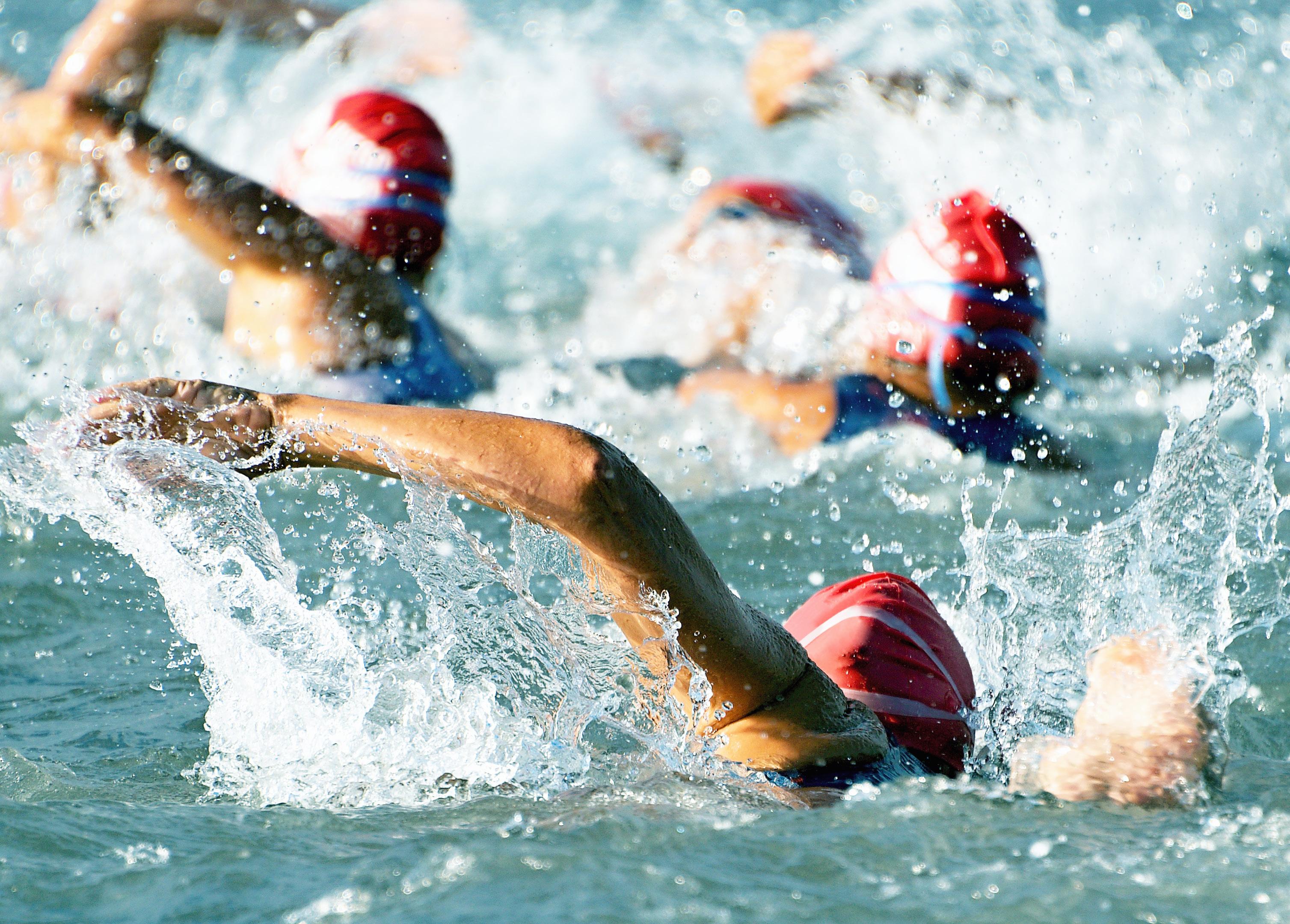
Thank you in advance for choosing UESCA and we can’t wait to have you on our team of talented coaches!
Still Have Questions?
No problem. We understand that you might have questions before going ahead with starting your journey to being a certified UESCA Triathlon Coach. Please don’t hesitate to reach out to us… we’re a friendly bunch and we’ll respond right away!
21

















 — David Ayer
— David Ayer
